Galanthus nivalis snowdrop bulb
The snowdrop bulb is a native from central and southern Europe. Many purists wouldn’t refer to Galanthus nivalis as being Scottish wildflowers but rather garden escapees. They have been recorded here in the UK since the sixteenth century and they grow wild all over Perthshire. Consequently they are suitable for growing in anyone’s garden. In fact they don’t mind heavy damp soil. Eventually they will colonize spots in the garden as they are good naturalizing plants especially if you’ve got humus rich soil and plenty of leaf mould.
Nature’s Natural Ice Breaker and Antifreeze
Nectar Guides – Ultra Violet Markings
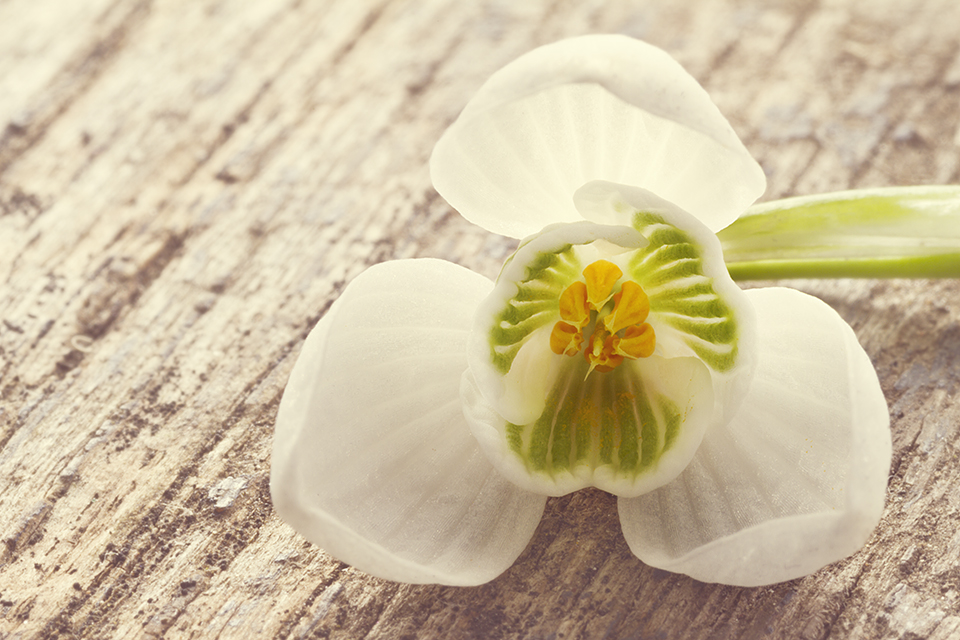
Grows in Adverse Conditions
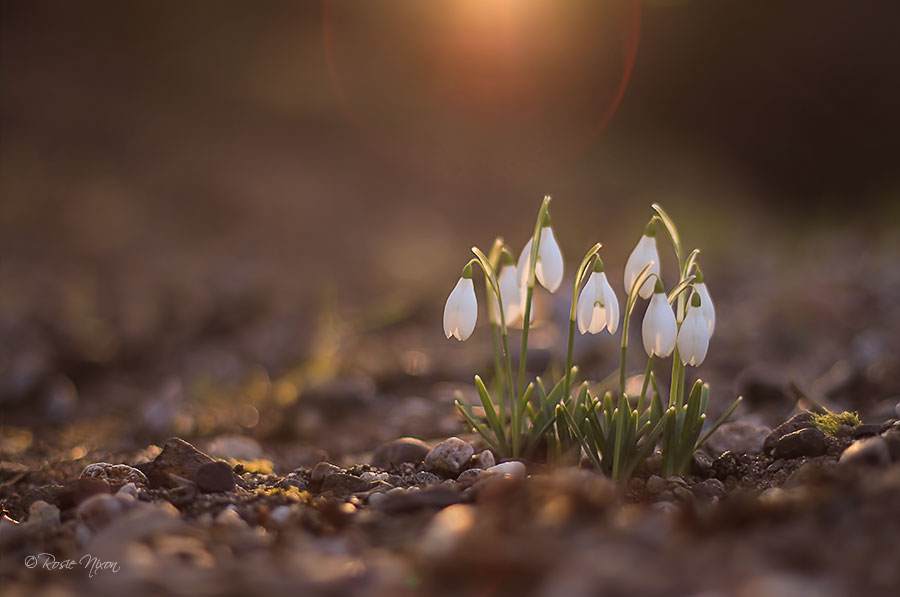 |
| Galanthus nivalis snowdrop bulbs growing through the river silt at sunset |
Sometimes when you see snowdrops they’ll have their petals tightly closed while at other times they are open. Once the temperature reaches 10°C the outer petals start to open wide. Then they release their soft honey scent to attract bumblebees. The snowdrop was created to do this as God knew that the bumblebees would never be able to fly in temperatures less than 10°C. So He enabled the snowdrop to have it’s valuable winter nectar larder safe and secure for when the little bees needed it most. This means that the snowdrop flowering season is the longest when there are cold frosty days. As a result the bees won’t be out pollinating the plants and it takes longer for the plants to sets seed.
The longest flowering snowdrops are the doubles like Galanthus nivalis Floro pleno. However their flowers are sterile and don’t produce seed.
 |
| snowdrops growing through the silt with their petals firmly closed |
Did you know that the US military Police who were stationed in the UK during WW2 were called snowdrops? …all because they wore a white cap with a green uniform!
Galanthamine and Alzheimer’s Disease
Finally did you know that the snowdrop also contains a particular alkaloid called Galanthamine. To you and me that name wouldn’t mean anything. But to scientists it opens up a whole new world of research. In fact this alkaloid works on the brain and helps with memory. Furthermore about 60 years ago one pharmacologist noticed how Bulgarian peasant farmers rubbed the bulbs on their heads to get rid of pain and other ailments. I’m not suggesting that anyone starts to do this. Over the years more and more work has been done scientifically on these bulbs. Indeed the chemicals found inside the bulbs could be a potential treatment for the early stages of Alzheimer’s disease and cerebral malaria.
Like so many of our other plants not only are they good to look at; they also help sustain the early pollinators. They also have medicinal benefits too. Which many of us and our families no doubt will benefit from in years to come.




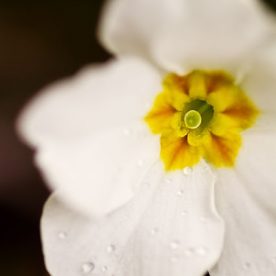


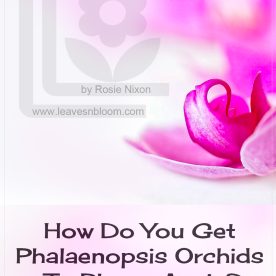
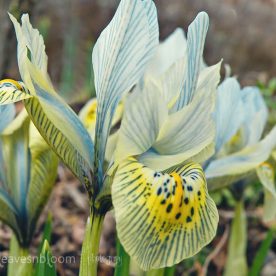
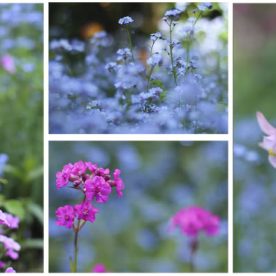
donna
There is no early spring flower luved more by me than the snowdrop. We still have at least 20 inches of snow on the ground that needs to melt before we see these little beauties.
Interesting and informative post.
donna
Gail
Rosie, They are so pretty and if I could I would grow them! They like your cold weather better then our heat. I do like seeing them as little ice breakers. Even on blustery days the Bumbles will often wake up here to find the early blooms, but I have seen house type flies and Hover Flies awake on chilly days. Glad you are joining the celebration. gail
Curbstone Valley Farm
So glad to see your snowdrops in bloom! Good grief though, I hadn't realized just how extensive the damage was to the river bank. I'm glad they've found the funds to repair it before it gets any worse!
Gatsbys Gardens
Rosie, the snowdrops are just lovely. I am so glad you are getting your path back. It will soon be warm enough for a stroll.
Eileen
Donna
Rosie they are lovely naturalized as they do there…I grow them here but as yet they have not really naturalized…maybe this year I will see more..
jodi (bloomingwriter)
Love the darling galantthus, although their ice melting capabilities would be hard pressed to push through three feet of snow that we have here…
James Missier
Its truly amazing to see those well behaved white flowers tucked away gently and these bloom just nicely above the snow & ice.
Im still amazed at that.
And God made sure that nature is well managed to sustain all of his creatures from stavation.
Carol
Dear Rosie, Wonderful post about one of my favorite blooms. I often see the wild honeybees flying in and out of the little nodding heads. They are a great source of nectar at a time when really there is not much else. We have a long wait though. The honeybees are still sleeping and the snowdrops too beneath several feet of snow. What an operation going on along the river.
Plantaliscious
A lovely and very informative post, I had no idea about the natural antifreeze, and its potential uses in medicine. Impressive earthworks – I hope they effective, but also that the river paths are open again soon. Riverside walks in Spring can be so lovely.
Cheryl
They are the most gorgeous little blooms and amongst my favourites.
I would love to have a carpet of them in my garden one day…..
I noticed in Lucy's comment she asked are bumblebees around….I had one in my garden today and posted the images on my blog!!
Melanie
How beautiful the lade is and how much you must be looking forward to when the path is open again. You live in such a lovely place Rosie.
One
Rosie, Love your beautiful photos and informative post. I know very little about snow drops. It's terrific that one could tell the temperature just by looking at them.
Byddi Lee
I love snowdrops – to the extent that my mum painted a beautiful water color of them for me which I framed an have on the bedroom wall. If I can't grow 'em at least I can still see 'em. Interesting little titbit on the temperature indication…I never knew that before.
camissonia
Rosie, when I see Snowdrops in their natural element, I can see why they are called Snowdrops! Beautiful photos. As for the land slippage, it always amazes me how the forces of nature can wreak havoc!
Shady Gardener
I'd Forgotten that you have these little fellows growing freely in the UK! (Jealous!) However, I have two or three that want to return every Spring. If I'm persistant, I may get more!! 🙂
Anna
Enjoyed your post Rosie. Unfortunately nobody told my special snowdrops in pots that they had antifreeze qualities as many of them have not come through the winter or have come up blind. Hope that the path alongside the river reopens soon – must be a lovely spot for a walk.
Jan@Thanks for today.
Each year I've watched as you and your fellow UK bloggers show off your Snowdrops…so this year I've finally ordered some for myself. Not sure how they'll fare here, long term, but it's certainly worth a try! Carolyn from Carolyn's Shade Gardens is selling a few that she currently has so I'll be planting them as soon as she sends them. It will at least be fun 'trying', even if they don't like it here long term. I think they might, though…as she's in PA and not really very far north of where I am. I enjoyed the info you shared about them!
Andrea
Hello Rosie, haven't heard from you for awhile. I love snowdrops the first time (and only time) I saw it high on top of a Turkey mountain. The term Donna of http://www.gardenwalkgardentalk found for that characteristics of snowdrop is 'thermogenic', ability to produce heat in itself during extreme cold conditions. That macro shot of the greenish UV markings I only saw for the first time here!Your photo of it is awesome. I wish to see them again in this lifetime.
Good your eroded banks already being repaired. How are you? Son's wedding already near!
Alistair
Such an interesting post Rosie. The antifreeze connection with Snowdrops I read about some time ago. It really is fascinating, I mentioned it to carolynsshadegarden and she was looking for more information, I hope she read your post. The bumblebees really do come out when the temperature reaches 10c, I have even seen them here in February in one of those flooky days.
carolynsshadegardens.com
Such interesting information about snowdrops. I didn't know about the ultra violet markings. Do you have something you can point me to that has scientific evidence on the ice breaker/antifreeze information? I think Alistair was referring to my post Are Snowdrops Thermogenic? I have also written two other posts about becoming and being a galanthophile. It sounds like you area fan too.